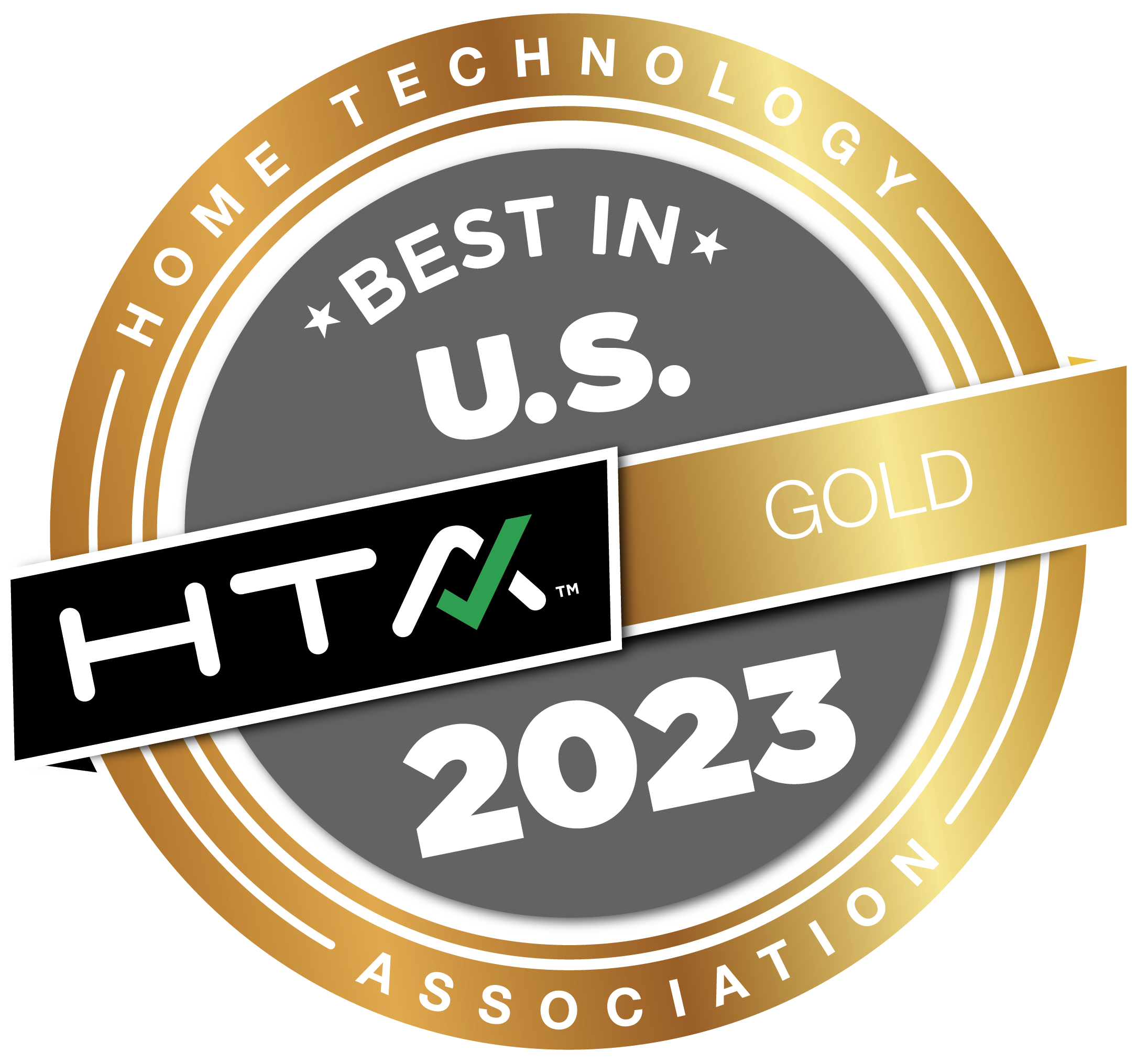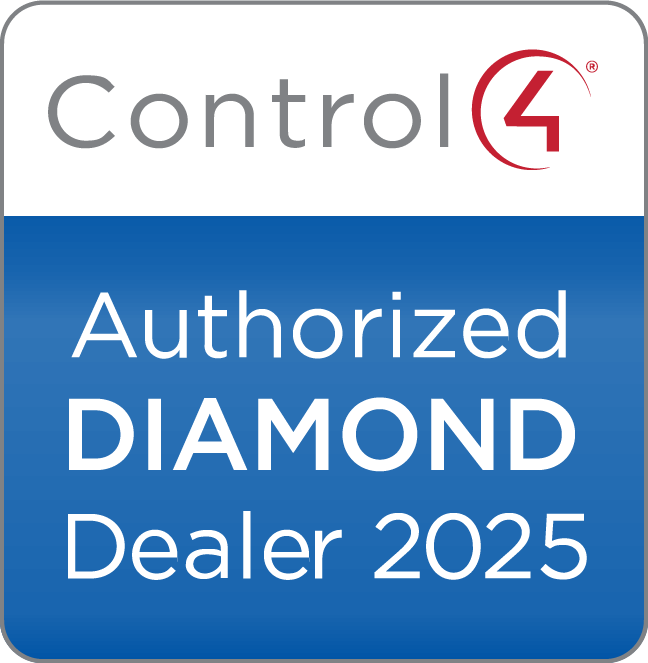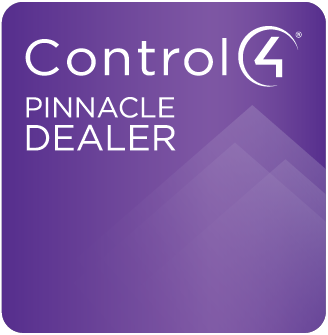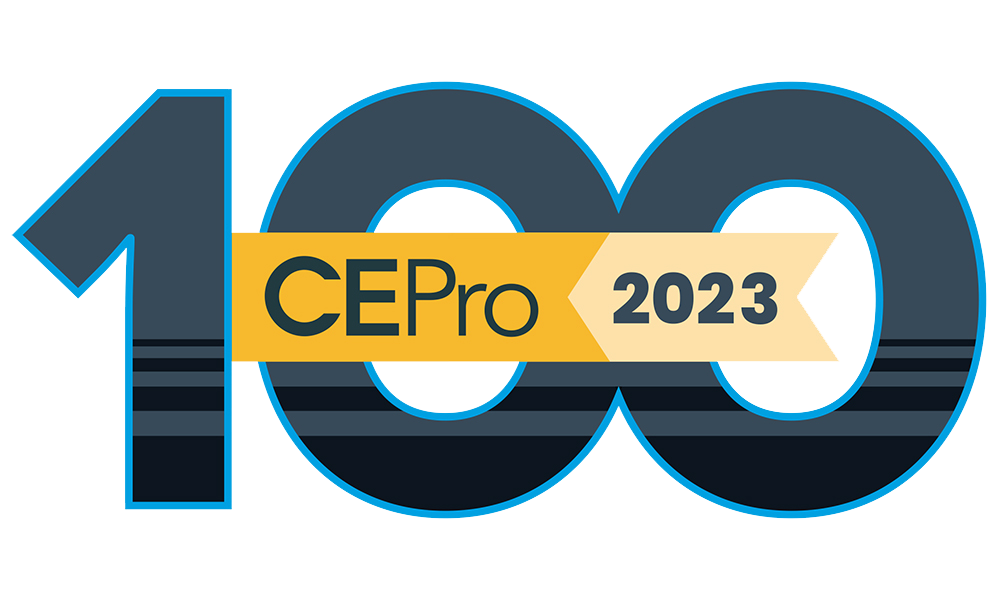3 Projection Screen Considerations for Your Home Theater Design
Keep these factors in mind while choosing the centerpiece of your home cinema
A projection screen is a classic display choice for a home theater design. A 100-inch or larger screen most closely recreates the commercial theater experience in a home environment, and the sheer size of the screen brings all your content to life before your eyes. Therefore, choosing the right projection screen for your theater in Charlotte, NC, is paramount — not only because the screen is the centerpiece of your room design but also because the display has a significant impact on your overall viewing experience.
Keep reading to learn three considerations to keep in mind while selecting the right projection screen for the most authentic and enjoyable movie-watching experience.
SEE ALSO: How to Pick the Best ALR Screen for Your Media Room
Screen Brightness
Brightness is an area where projection screens struggle the most. Most projection screens fail to reach the brightness level that TVs achieve, which means that ambient light in a room has a bigger impact on projected images. When ambient light hits the screen, it washes out the image color and contrast, leaving you with no option but to watch content exclusively in a completely dark environment.
Investing in an ambient light rejecting (ALR) screen is one way to solve optimal screen brightness. The Screen Innovations Black Diamond projection screen rejects uncontrolled ambient light and allows you to watch content with amazing picture quality in a bright room.
Aspect Ratio
Aspect ratio is the ratio between the width and height of an image projected onto the screen. Today, there are two primary aspect ratios that content is displayed in — 16:9 and 2.4:1 (widescreen or cinemascope). Identifying the type of content you’ll be watching most in your theater room should help guide you to the right aspect ratio for your screen. Here’s why.
- 16:9 format. Most HDTV programming, films on Blu-ray or DVD, some modern movies, and music concert films are presented in the standard 16:9 ratio. These images will fit perfectly onto a screen formatted for a 16:9 aspect ratio without image distortion or black borders around the edges of the screen.
- Cinemascope format. Most films created today are presented in the widescreen format. These images will fit perfectly onto a screen formatted for a 2.4:1 aspect ratio without image distortion or black borders.
So then, what happens when your content and screen have different aspect ratios? If a 16:9 image is displayed on a 2.4:1 screen, you’ll end up with a pillarboxing effect with black bars on the left and right of the screen. Conversely, if a 2.4:1 image is displayed on a 16:9 screen, you’ll end up with a letterboxing effect with black bars running along the top and bottom of the screen.
Here’s where knowing your content preferences comes in handy. If you’re a cinephile buff who plans on using a home theater solely (or mostly) for movies, nothing beats the captivating viewing experience of the widescreen display. However, if you’re interested in a mix of movies, TV shows, and Blu-ray discs, the industry-standard 16:9 aspect ratio screen is a solid choice.
Another factor to keep in mind is making sure your theater room wall has enough space for the width and height requirements of the screen.
Acoustic Transparency
Investing in an acoustically transparent projection screen can take your cinematic experience to the next level. Acoustically transparent screens are made with woven materials that allow sounds signals to pass through undistorted — which means you can install the front stage speakers behind the screen in your theater room. A behind-screen speaker installation will create the perception of sound, dialogue, and music coming directly from the screen. Additionally, you may be able to purchase a larger screen if you don’t have to leave space on either side for front speaker placement.
Are you ready to find the best projection screen for your theater room? The Integrated Home can help. Give us a call or fill out an online form to connect with our smart tech experts. We look forward to hearing from you!








